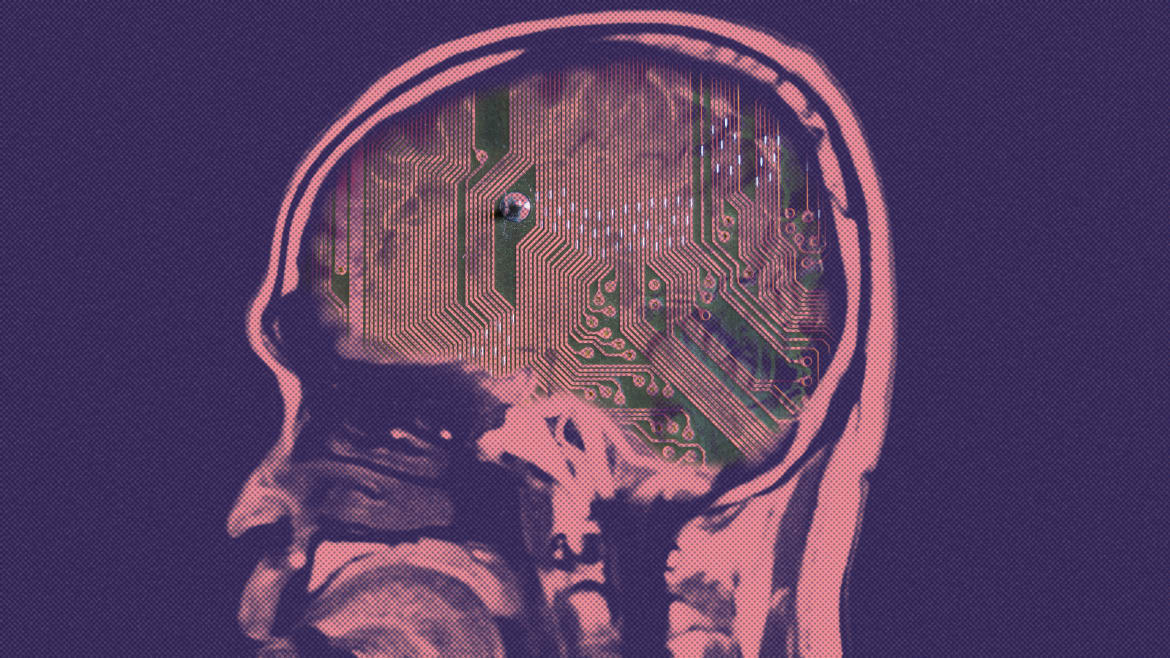Photo Illustration by Thomas Levinson/The Daily Beast/Pexels
Every day, there seems to be a new advancement in computing—whether it’s OpenAI releasing ChatGPT AI, or Google announcing a breakthrough in quantum computing. Despite these innovations, some researchers believe that we’re rapidly approaching a ceiling for what traditional computing can accomplish.
In order to create the next generation of technology, some scientists are getting inspiration from the world’s most powerful computer: the human brain. That’s the driving force behind the field of biocomputing, a term that describes using biological molecules like DNA or cells as part of tech hardware. The idea is that if we’re able to merge brain organoids, or clumps of neurons in a petri dish, with computing systems then we might be able to create computers with the operational power of the human mind.
The concept isn’t exactly new. We’ve seen biocomputers in movies, books, and TV shows like Dune and The Terminator. There have also been limited instances of it in real life. In October 2022, a team of scientists were even able to demonstrate that a group of brain cells in a petri dish could “play” the video game Pong. The system, dubbed DishBrain, connected a computer to the cluster of neurons. To move the paddle to hit the ball, the cells would send electrical signals to the computer to tell it what to do.
Got a tip? Send it to The Daily Beast here

